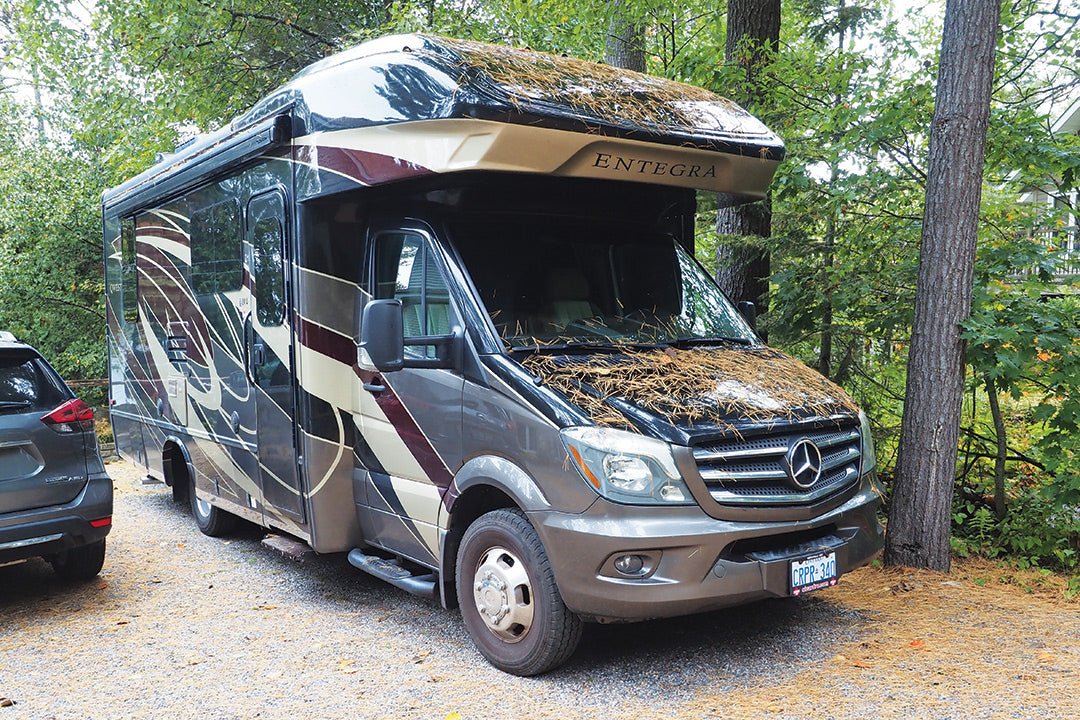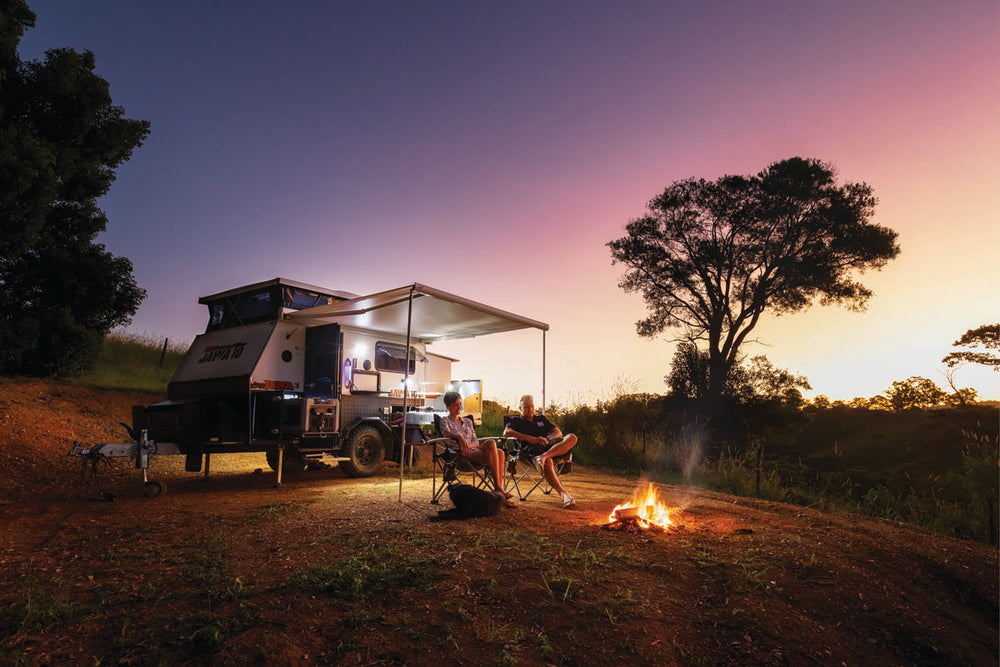

While holidaying in the US, Malcolm checked out some of the RV offerings and discovered that bigger is not always better.
I recently had a holiday in Canada and the USA. While I wasn’t travelling in a motorhome or caravan, I took the opportunity to check out the recreational vehicle (RV) scene. Anyone who has been to North America will know that, for the most part, everything in the RV scene is decidedly bigger. For starters, the ready (and cheap) availability of the ubiquitous US-style pick-up truck means there are fewer issues with overweight caravans.
Unfortunately, this explains why there are fewer concerns with weight reduction. The availability of larger pick-up trucks also means that fifth wheelers are very popular, and there are some attractive layouts to be found. I’ve always wondered about the lack of interest in Australia, particularly with the overweight issues of many a caravan on the road. Although many RVs are bigger than the Australian equivalents, some small rigs are also available. I saw several teardrop campers, and plenty of slide-on campers were available. Although, one I saw on the back of a Ford F-250 with a rather long overhang looked like a bent chassis waiting to happen!
Something else that’s oversized is the 110V mains power cables, unlike Australia’s 240V. To get the same power output, the electrical current has to double, and roughly speaking, that means doubling the electrical conductor diameter. Consequently, the 30A and, in some cases, 50A fittings are huge.
Checking out an Entegra Qwest 24L motorhome
I was able to get a close look at one particular motorhome, an Entegra Qwest 24L. It was owned by a couple we met briefly, and because I was unfamiliar with the brand, I took a closer look. Entegra is a family-run company but has been part of the US Jayco group since 2008. It’s a pity some of the US Jayco influence doesn’t make its way down under.
 The Entegra Qwest 24L motorhome's luton peak has a front window
The Entegra Qwest 24L motorhome's luton peak has a front window
A striking feature of the Qwest 24L that I looked at was the external metallic brown colour scheme with gold/red-brown/black decals — not a patch of white or silver to be seen. The orange pine needles that covered the motorhome I looked at are optional. Some Qwest 24L features will be very familiar to Aussie motorhome owners. For instance, the Mercedes Benz Sprinter cab chassis has a gross vehicle mass (GVM) of 5000kg but is driveable on a car licence and a 160kW/450Nm turbo diesel engine. The latter was a surprise because petrol engines are widespread in large commercial vehicles. Even the US version of the Fiat Ducato, called the RAM ProMaster, has its perfectly good turbo diesel engine replaced by a fuel-sucking 3.6L V6 Pentastar petrol engine.
With an external body length of 7.7m (25ft), the C-Class Qwest 24L isn’t a huge motorhome by US standards but has a full-length nearside slide-out, which does wonders for the interior space. Less so the dark timber cabinetry that’s much favoured in North American RVs but doesn’t do much for space perceptions. It’s a four-berth motorhome, with one bed in the rear and one above the cab. Of note in the Luton peak bed is the large front window. It’s great for the bed occupants but not sure how it would go on Aussie outback roads.
 Full length nearside slide-out on the Entegra Qwest 24L motorhome
Full length nearside slide-out on the Entegra Qwest 24L motorhome
The transverse double bed, wardrobe, and elongated cafe dinette are all built into the slide-out. That leaves the nearside wall area for a front kitchen and a rear corner bathroom. The kitchen was a little smaller than I expected, but the bathroom certainly had room to turn around. A little different from Australian RVs is that instead of a cassette toilet, the motorhome has a 118L black tank with appropriate draining facilities.
In standard form, the motorhome has two 100Ah AGM batteries and a 200W solar panel, but it also comes with a 3600W LP generator and a 1000W inverter when you want to avoid the generator running. There are no gas cylinders; instead, there is a fixed 18kg propane tank.
A feature not necessary in Aussie motorhomes is the winterisation facility for the 162L freshwater tank and the 118L greywater tank. I looked over the motorhome in a part of Canada where lakes regularly freeze over in wintertime. It’s for that reason that many RV travellers in Canada and northern USA head south for warmer climes, like Arizona or Florida. A bit like the northern ‘Grey Wave’ here but the North American version is ‘Snowbirds’.
Things are different in the North American RV scene. Some items made me wonder about the practicalities, but others looked like reasonably good ideas.
THE NEXT STEP
If you want to learn the latest caravan industry news, find the most innovative new caravans and camping gear or get inspired to plan your next adventure to some of Australia's best caravan parks and destinations off the beaten track, subscribe to our weekly newsletter. We promise to send you only the best content.
Related articles:
Tango Caravans collapses into liquidation
Street Talk: Nova Caravans' evolution into motorhomes







